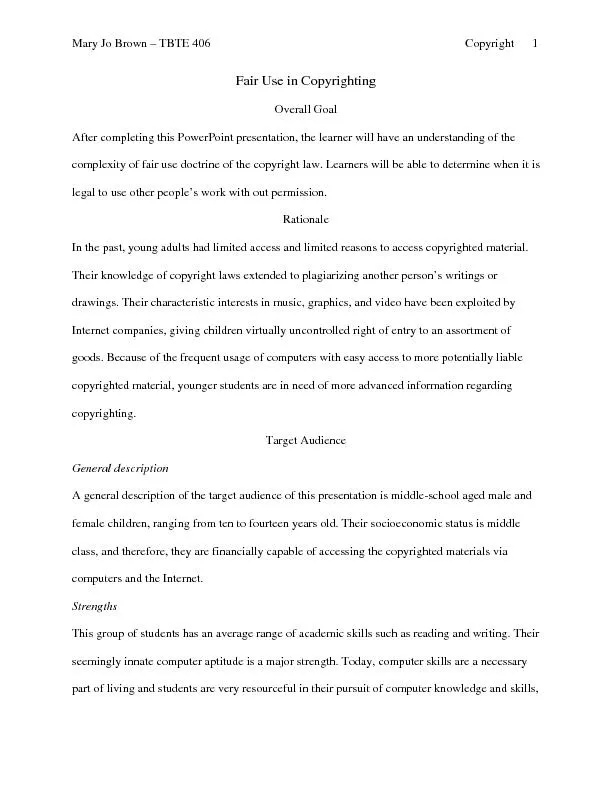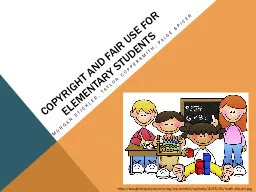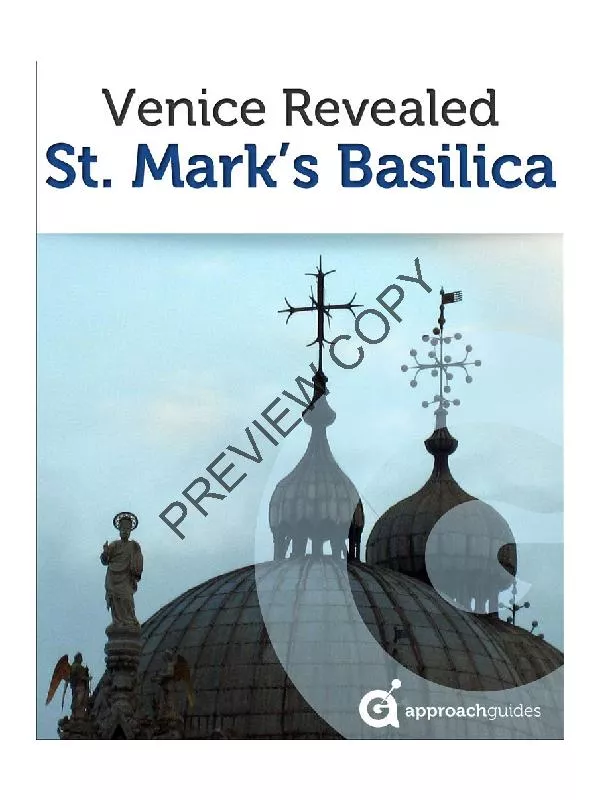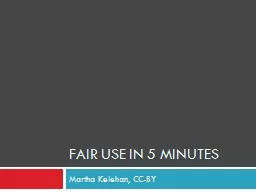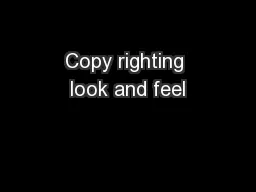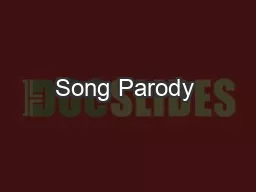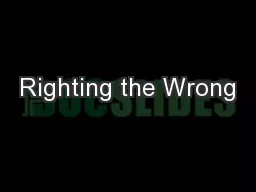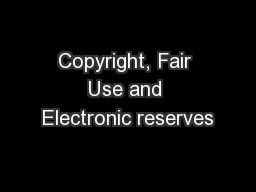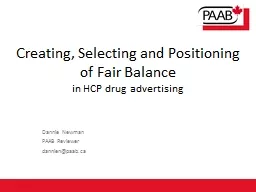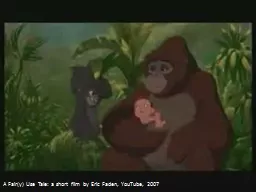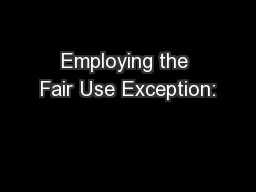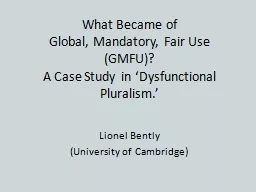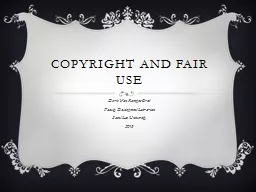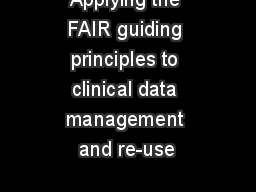PDF-Fair use in copy righting
Author : test | Published Date : 2017-03-27
FAIR USE DOCTRINE COPYRIGHT The copyright laws were created by the US Government to protect people who create work When we start creating work we need to know how
Presentation Embed Code
Download Presentation
Download Presentation The PPT/PDF document "Fair use in copy righting" is the property of its rightful owner. Permission is granted to download and print the materials on this website for personal, non-commercial use only, and to display it on your personal computer provided you do not modify the materials and that you retain all copyright notices contained in the materials. By downloading content from our website, you accept the terms of this agreement.
Fair use in copy righting: Transcript
Download Rules Of Document
"Fair use in copy righting"The content belongs to its owner. You may download and print it for personal use, without modification, and keep all copyright notices. By downloading, you agree to these terms.
Related Documents

